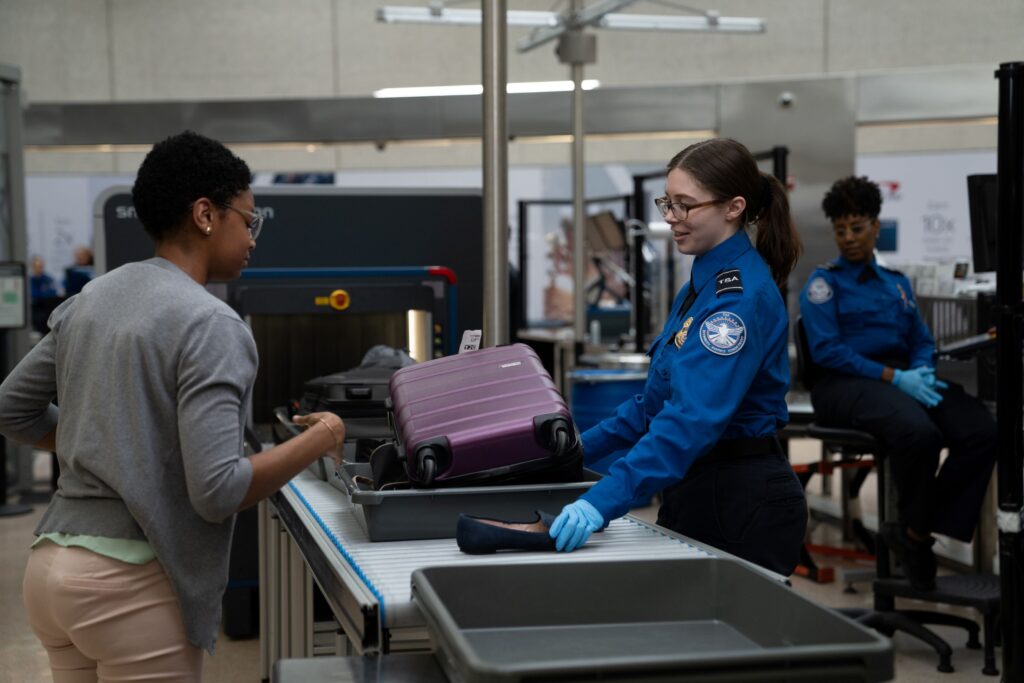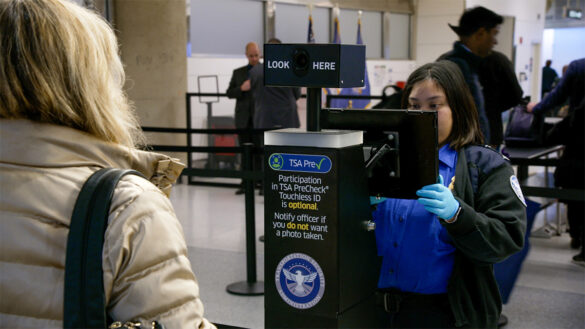Advertiser & Editorial Disclosure: The Bulkhead Seat earns an affiliate commission for anyone approved through the links below. This compensation may impact how and where links appear on this site. We work to provide the best publicly available offers to our readers. We frequently update them, but this site does not include all available offers. Opinions, reviews, analyses & recommendations are the author’s alone, and have not been reviewed, endorsed, or approved by any of these entities.
If lawmakers fail to agree on a new federal spending package by 12:01 AM tonight (October 1st), parts of the government could shut down with serious consequences for air travel and tourism. While planes will still fly, travelers may face delays, longer security lines, and major disruptions across the country.
Air traffic controllers, Transportation Security Administration (TSA) officers, and other frontline aviation employees are deemed essential workers. That means they must continue working, but without pay until the shutdown ends. In the past, staffing shortages during shutdowns have caused ripple effects across the system. For example, in January 2019, just 10 air traffic controllers calling out sick led to temporary flight halts at New York LaGuardia Airport (LGA) and delays at several other major hubs. If a shutdown begins tomorrow, the pressure on employees could lead to longer wait times at security checkpoints and potential flight delays or cancellations.

The Federal Aviation Administration (FAA) recently met its hiring target of 2,000 new air traffic controllers for Fiscal Year 2025. However, if the shutdown goes into effect, training for those new hires will be suspended. Other critical FAA activities, such as performance analysis and hiring, would also be paused and further slow progress on efforts to modernize the US air traffic control system.
While air travel will not be completely upended, passengers should prepare for delays and cancellations. These are more if staffing shortages emerge. Airport security lines could also grow longer as TSA employees work unpaid.
Traveler’s Survival Guide: Flying During a Government Shutdown
- Arrive Early: Plan to get to the airport at least two to three hours before departure (even for domestic flights) to account for potentially longer TSA lines.
- Use TSA PreCheck® or CLEAR: If you’re already enrolled, these programs will help bypass the longest lines.
- Pack Smart: Follow TSA’s liquid and carry-on rules closely to avoid extra screening delays.
- Check Your Flight Status Constantly: Use your airline’s app for real-time updates.
- Book Nonstop Flights When Possible: Fewer connections mean less chance of missing a flight if delays pile up
- Keep Essentials in Your Carry-on: Medications, chargers, and one change of clothes should stay with you in case of baggage delays.
Anthony’s Take: A government shutdown would not ground flights, but it would create strain across the aviation sector. Travelers should prepare for potential headaches until Congress resolves the budget impasse.
(Image Credits: Transportation Security Administration.)
User Generated Content Disclosure: The Bulkhead Seat encourages constructive discussions, comments, and questions. Responses are not provided by or commissioned by any bank advertisers. These responses have not been reviewed, approved, or endorsed by the bank advertiser. It is not the responsibility of the bank advertiser to respond to comments.
Advertiser & Editorial Disclosure: The Bulkhead Seat earns an affiliate commission for anyone approved through the links above This compensation may impact how and where links appear on this site. We work to provide the best publicly available offers to our readers. We frequently update them, but this site does not include all available offers. Opinions, reviews, analyses & recommendations are the author’s alone, and have not been reviewed, endorsed, or approved by any of these entities.
